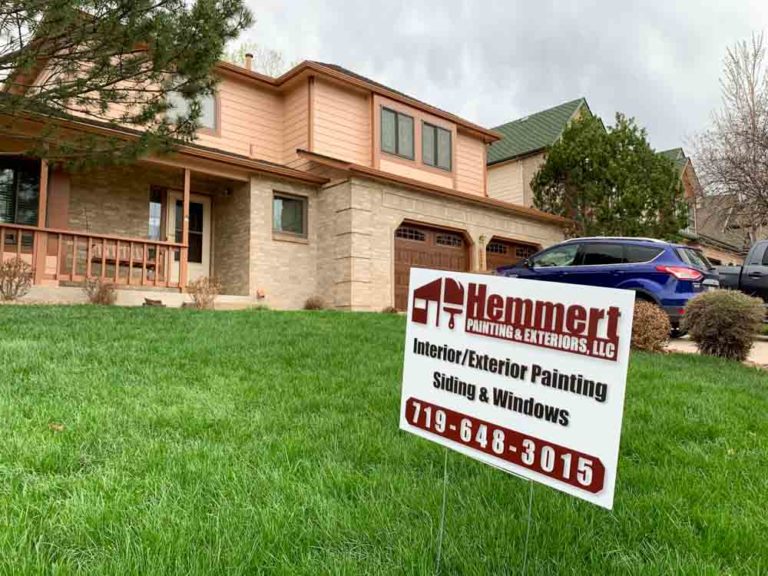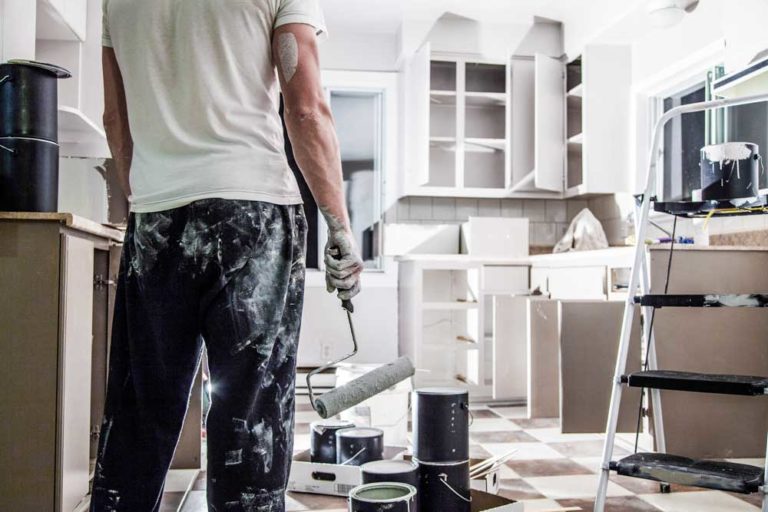Is there a right and wrong way to prep wood siding for painting? Absolutely! We can’t seem to spend enough time shouting from the rooftops that not all paint jobs are the same. Even if you live outside of our serviceable area, we have a mission to make you a believer. If we can help just one person not fall into this trap again, we will sleep better tonight. Okay, maybe this is a bit of hyperbole. But seriously, when you dedicate your life to mastering your craft it’s hard to not get passionate about it. What am I talking about exactly?
Well of course I’m referring to how many contractors will stand in front of a customer and tell a bald-faced lie. They claim to always prep all wood siding for painting according to industry best practices. But when the crew is on-site working, it’s just way too easy to skip steps. When the weather is hot and the work is difficult, individual painters may not follow through as promised. It’s very tempting to do a light prep and move on quickly to a more enjoyable part of the project.
Why High-Quality Work Is So Hard To Come By
The bottom line, scraping, and sanding are dirty. It produces flaking paint. The flakes become airborne and must be contained somehow. And then comes the sanding. Which is even less enjoyable. It’s physical work that requires considerable time and energy. And since most customers don’t really know how to identify a thorough prep job anyway, the painters know they won’t receive much if any praise for their hard work. Nor is anyone likely to catch it if they don’t perform this part of the job well.
And why would they? After all, the paint salesman went on and on about how their company uses only the best primers and paints with a lifetime warranty and how the customer’s satisfaction is guaranteed. And after the paint crew is done prepping the home, about 80% of the house has turned white with primer. All seems to be going as promised. So why would the customer think to question what procedures were used to get to this point?
Primer Is Not The Answer
Generally, the painters will do a quick scrape and sand on only the worst spots so that they can say they did. And then move on more quickly to priming. Which sounds great to any customer. “We will spend a lot of time priming!” Or “we put 4 gallons of primer on your house because it was so rough!” Well, it was rough because most of the failing paint was still left on the surface when the priming took place.
And to make matters worse, the paint manufacturers may actually be contributing to the problem. Or maybe they simply know their customer VERY well and have done what any smart company does and have adapted their products to their customer’s shopping preferences. They know their customers (contractors and homeowners) will not take the time to properly remove all failing paint. So they have formulated products that they sell to the public to specifically address this problem. Many products are designed for the purpose of re-attaching or “gluing down” this peeling paint to the surface to maximize the life of the paint job. Make no mistake about it, these products are GREAT! The paint manufacturers have done a fine job formulating these products to extend the life of the final paint job as much as possible.
The Solution
My problem with the misuse of these products is this: After all is said and done, a paint may bond perfectly well to the primer underneath, and the primer may do an exceptional job of bonding to a previous coat of paint that is starting to fail. But how long do you think it will be before the original coat of paint finally gives up and breaks loose? And now your new paint job is coming right off with it? I just can’t get on board with the idea of gluing a failing coating back onto the surface.
Although the primer did an exceptional job of extending the life of the paint job “as much as possible” given the circumstances, it should have given you much more life than it did. If the painters had simply taken the time to prep the surface well prior to priming and painting, you would be singing their praises to this day. Everyone at Hemmert Painting & Exteriors hopes you found this post educational, useful, and hopefully not too offensive. We wish you a high-quality paint job that will stand the test of time!
If your siding looks like this, don’t settle for prime and paint!










